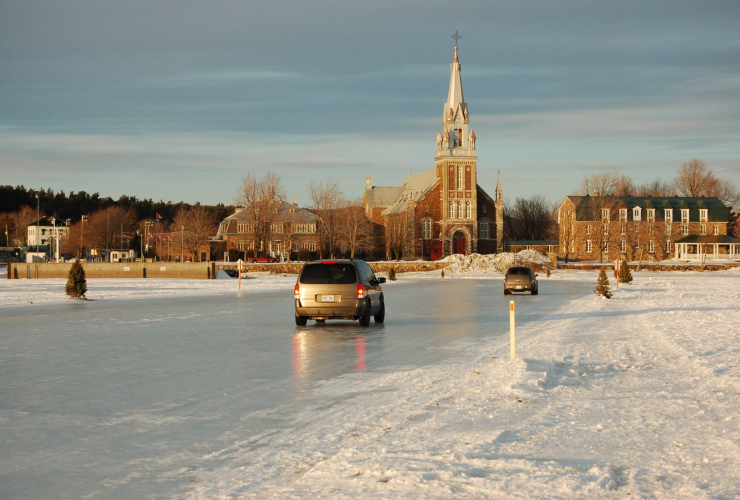HALIFAX — Scores of Halifax-area residents whose homes have been destroyed by wildfires boarded buses Friday to get a look at what little remains of where they used to live.
Bill Moore, the region's executive director of community safety, told a news conference that about 200 people would be part of the grim tour through subdivisions northwest of the downtown, which fire officials said would be safe to enter for a short time.
About 200 structures, including 151 homes, have been destroyed in the Halifax area, though those numbers could change. In all, more than 16,000 people were evacuated from homes and businesses there.
“We’re very sensitive to the trauma this may cause people,” Moore said, adding that the first people admitted back into the evacuation zone around Upper Tantallon and Hammonds Plains would be those whose homes were gutted by the flames. Next, residents whose properties suffered less damage will be invited into the area to see their residences.
Moore said he spent Thursday meeting with affected residents and showing them photographs of the damaged area.
The wildfire that started Sunday in Upper Tantallon, N.S., was still considered out of control Friday, but 50 per cent of it was contained by firefighters as of Thursday.
Deputy fire Chief Roy Howlett said some of the damaged and destroyed homes were still burning, and he stressed that the neighbourhoods within the evacuation zone are still part of an active fire scene.
"I was out there last night," he said. "The smoke was very thick, you could taste it .... We've had many flare-ups."
As scattered showers moved across parts of the province early Friday, fire officials warned that it wouldn't do much to slow down the four fires burning out of control in the province.
"While it was welcome, it will hold us for only a number of hours," Dave Steeves, a forest technician with the Department of Natural Resources, told a briefing at a command post in Upper Tantallon, N.S., not far from where a Halifax-area fire started.
"Little embers can hide. We're looking in rotten stumps. We're looking under piles of moss, under big chunks of rock. We get a phenomenon called holdover — those small embers hide ... and when you think everything's fine, they can come back to the surface and you can get a reignition."
Still, the forecast was calling for steady rain tonight and into Saturday.
Halifax Mayor Mike Savage said that's what he has been praying for. "If you happen to know the Almighty, talk to her," Savage told a later briefing. "Put in a good word for us."
In the southwestern corner of the province, a much larger wildfire continued to burn out of control in Shelburne County, where 6,700 people have been evacuated from their homes — about half of the municipality's population.
The Barrington Lake wildfire, which started Saturday, continued to grow on Thursday, reaching 200 square kilometres — the largest recorded wildfire in the province's history. It has consumed 50 homes and cottages.
On Thursday, a small fleet of water bombers took aim at the big fire amid soaring temperatures and extremely dry conditions. They also tried to douse a fire that started Wednesday south of the town of Shelburne, which prompted another series of evacuations in the county.
No rain was reported Friday morning in Shelburne County, where there was concern about thunderstorms producing lightning strikes in the afternoon. Steeves said lightning would ground all aircraft and make it unsafe for crews on the ground.
Meanwhile, the provincial government said six more aircraft would be flying in from the United States Friday and over the weekend. As well, an unspecified number of firefighters from the U.S. and Costa Rica are on their way.
In Ottawa, federal officials announced Thursday that more than 300 firefighters from the United States and South Africa are heading to Canada to battle what has become an unprecedented wildfire season.
This report by The Canadian Press was first published June 2, 2023.





Comments